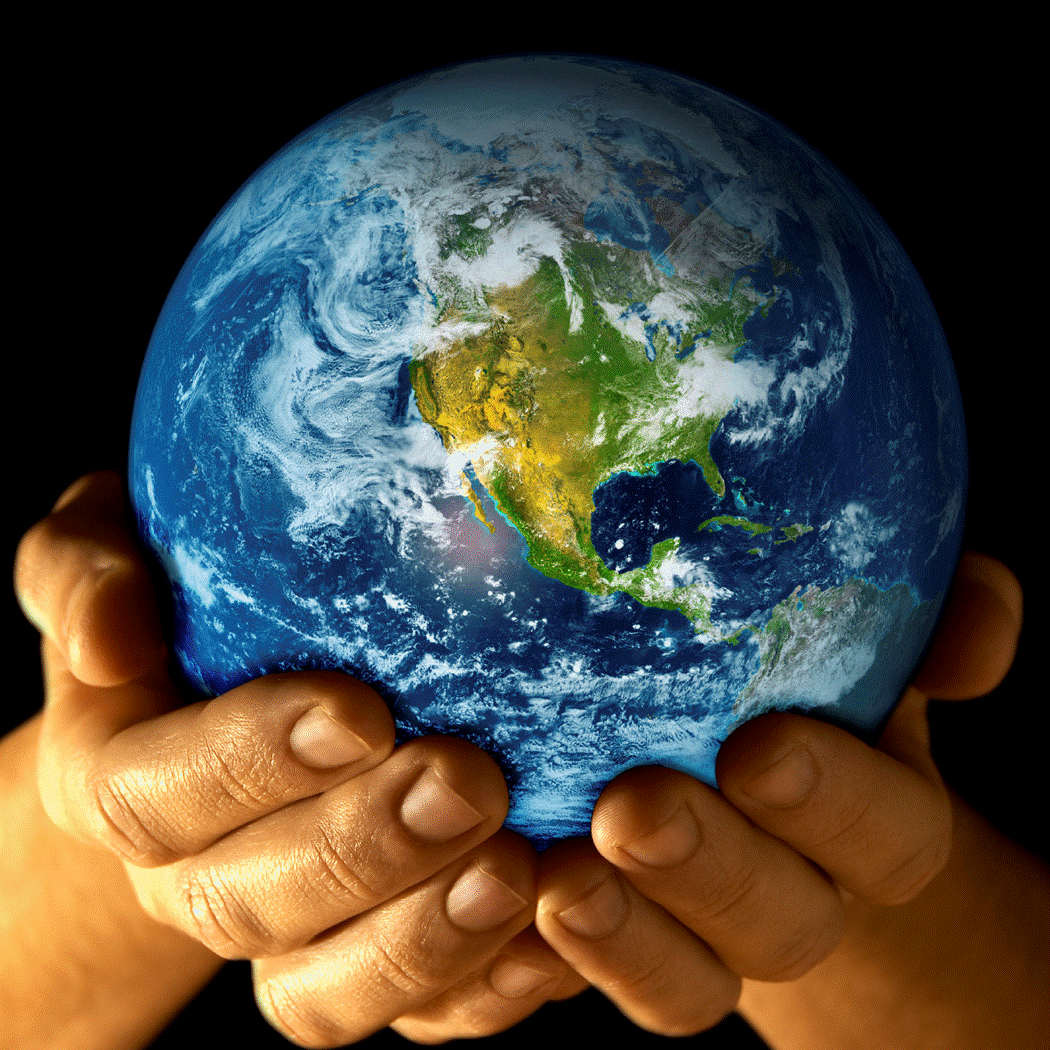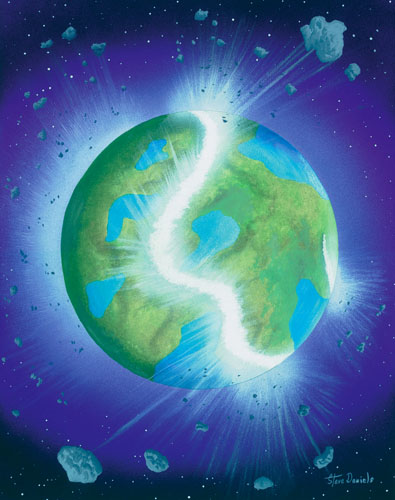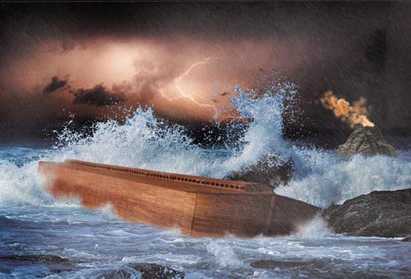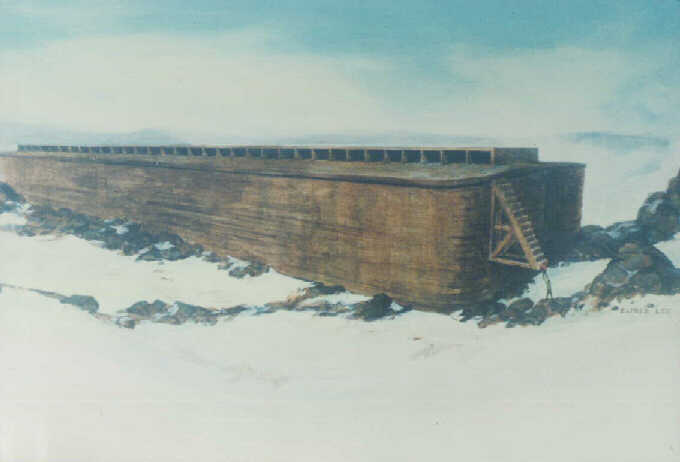
World Should Prepare For Cataclysmic Global Flood, Warn Russian Scientists
MOSCOW. (Andrei Kislyakov, scientific commentator, for RIA Novosti)
|
|
The world geological community is warning that today's seismic activity on our planet is nothing compared with what's to come.
Over the past three years,
These natural disasters, which have swept our planet in recent years, indicate that the world has entered an era not only of a political, but also of climatic instability. Most scientists - biologists and environmentalists - tend to blame the human race for the catastrophic climate change on the Earth. No doubt, the greenhouse effect due to industrial activity plays a considerable role in global warming, but there are other reasons worth considering.
The Earth is rotating around its own axis slower. The International Earth Rotation Service has regularly added a second or two to the length of a 24-hour day in recent years.
This is the main reason, according to Igor Kopylov, professor at Moscow Energy Institute, why the planet - a gigantic electrical machine - has had its energy balance upset. He expressed this viewpoint in 2004. Kopylov is convinced that the Earth has entered the first phase of a global change. A weakening of the Earth's magnetic field was first registered early in the 20th century, and a consistent drop in the speed of rotation, in the late 1980s and early 1990s. It has been established that when the Earth's rotation slows by one second a year, it releases a tremendous amount of heat, hundreds of times the volume of energy released by human industrial activity.
If we accept that all processes on Earth run according to cosmic cycles, which, in turn, depend on the Solar System's position in our Galaxy, then humankind may be facing another Great Flood.
The Solar System, including the Earth, travels through the Galaxy in spiraling elliptic paths. The cycle time for the larger spiral is 200-210 million years, and for the smaller one, which determines minor galactic cycles, 26,000 years. Correspondingly, half a cycle lasts 130 centuries. This period almost exactly coincides with the date of the last Flood, the occurrence of which was real. The myths and legends of many peoples including that of the Bible recorded the event.
The Flood has been dated rather precisely: at 11,100 BC. If we accept that the civilized society on Earth has been developing for 400,000 years, then this period saw 30 great floods, and we are witnessing the beginnings of the thirty-first flood.
The cosmic cycles are so gigantically long by human standards that they have little impact on the life of people, but the active initial phase of the galactic cycle is of vital importance for the development of civilization. In the view of Russian scientists, the Earth currently finds itself at precisely this point in the cycle.
The transitional process in the electrical machine "planet Earth" can be divided into three phases. During the first - lasting 300 to 500 years - a relatively quick change in the direction of cross current (according to the law of electric machines) will alter the Earth's magnetic field, with the Northern magnetic pole shifting to the eastern part of the
The change in the magnetic field leads to changes in the Earth's ozone layer, which cause abrupt leaps in the biosphere's evolution owing to the altered level of radiation. As the average temperature of the planet rises, ice glaciers begin to thaw, raising ocean levels across the world.
The first, "warm" phase of the transitional period is the shortest and most active. This period witnesses a relatively fast braking of the planet and the release of tremendous amounts of heat, leading to global warming.
In the second phase, the magnetic field will stabilize. The Earth will slowly increase its speed of rotation, and the electrical machine "Earth" will revert to near normal speed. The increased speed of rotation will bring on a cold spell, the ice glaciers will regain their mass, and the oceans will displace their former volumes.
In the third phase, the transitional period will end, the speed of Earth rotation will stabilize, and the planet's energy balance will return to the conditions of previous millennia.
Following the last Great Flood, people began migrating from East to West. Are we now to see a great exodus to the East?
It looks as if we should give serious thought to developing
[Ed. Note: The United States government actively seeks to find, and silence, any and all opinions about the
EL MUNDO DEBERÍA PREPARARSE
MOSCU.- (Andrei Kislyakov, comentarista científico, para RIA Novosti)
La comunidad geológica mundial está advirtiendo que la actividad sísmica de hoy en nuestro planeta no es nada comparada con lo que está por venir.
En los últimos tres años, Pakistán, por ejemplo, ha sido azotado por docenas de terremotos. En marzo de 2005, alrededor de 800,000 personas murieron bajo las ruinas en ese lugar. El 30 de octubre, la última vez que la naturaleza causó alboroto ahí, hubo cientos de víctimas. Decenas de miles de personas se ahogaron durante el abrumador tsunami de
Estos desastres naturales, que han arrasado nuestro planeta en los años recientes indican que el mundo ha entrado a una era de inestabilidad no sólo política sino climática. La mayoría de los científicos – biólogos y ambientalistas – tienden a culpar a la raza humana por el catastrófico cambio climático en la Tierra. Sin duda, el efecto invernadero debido a la actividad industrial juega un importante papel en el calentamiento global, pero hay otras razones que vale la pena considerar.
Si aceptamos que todos los procesos de la Tierra funcionan según los ciclos cósmicos, las que, a su vez, dependen de la posición del sistema solar en nuestra galaxia, entonces la humanidad pudiera enfrentar otra Gran Inundación.
El Sistema Solar, que incluye a la Tierra, viaja a través de la Galaxia en trayectorias elípticas en espiral. El tiempo
La Inundación ha sido fechada más bien con precisión en el año 11,000 A.C. Si aceptamos que la sociedad civilizada en la Tierra se ha estado desarrollando por 400,000 años, entonces este período vio 36 grandes inundaciones y estamos atestiguando los inicios de la inundación número treinta y uno.
Los ciclos cósmicos son tan gigantescamente largos según los standards humanos que tienen poco impacto sobre la vida de la gente, pero la fase activa inicial
El proceso de transición en la máquina eléctrica “planeta Tierra” puede dividirse en tres fases. Durante la primera – con duración de 300 a 500 años – un cambio relativamente rápido en la dirección de la corriente de cruce (según la ley de las máquinas eléctricas) alterará el campo magnético de la Tierra, con el cambio del polo magnético del Norte hacia la parte oriental del Océano Ártico. Este cambio en el campo magnético de la Tierra va acompañado de fuertes tormentas magnéticas, terremotos y desastrosos eventos atmosféricos causados por un cambio en la circulación de las aguas oceánicas y la atmósfera.
El cambio en el campo magnético lleva a modificaciones en la capa de ozono de la Tierra que provoca saltos abruptos en la evolución de la biosfera debiéndose al nivel alterado de la radiación. Conforme se eleva la temperatura promedio
La primera fase ‘tibia’
En la segunda fase, el campo magnético se estabilizará. La Tierra aumentará lentamente su velocidad de rotación y la máquina eléctrica ‘Tierra’ volverá a casi su velocidad normal. La velocidad aumentada de rotación traerá un intervalo frío, los glaciares recuperarán su masa y los océanos se desplazarán a sus volúmenes anteriores.
En la tercera fase, el período de transición terminará, la velocidad de la rotación de la Tierra se estabilizará y el equilibrio de energía del planeta volverá a las condiciones de los milenios anteriores.
Después de la Gran Inundación, la gente comenzó a emigrar
Translation to Spanish by: Sister Maru Barraza,
www.whatdoesitmean.com/index1168.htm




